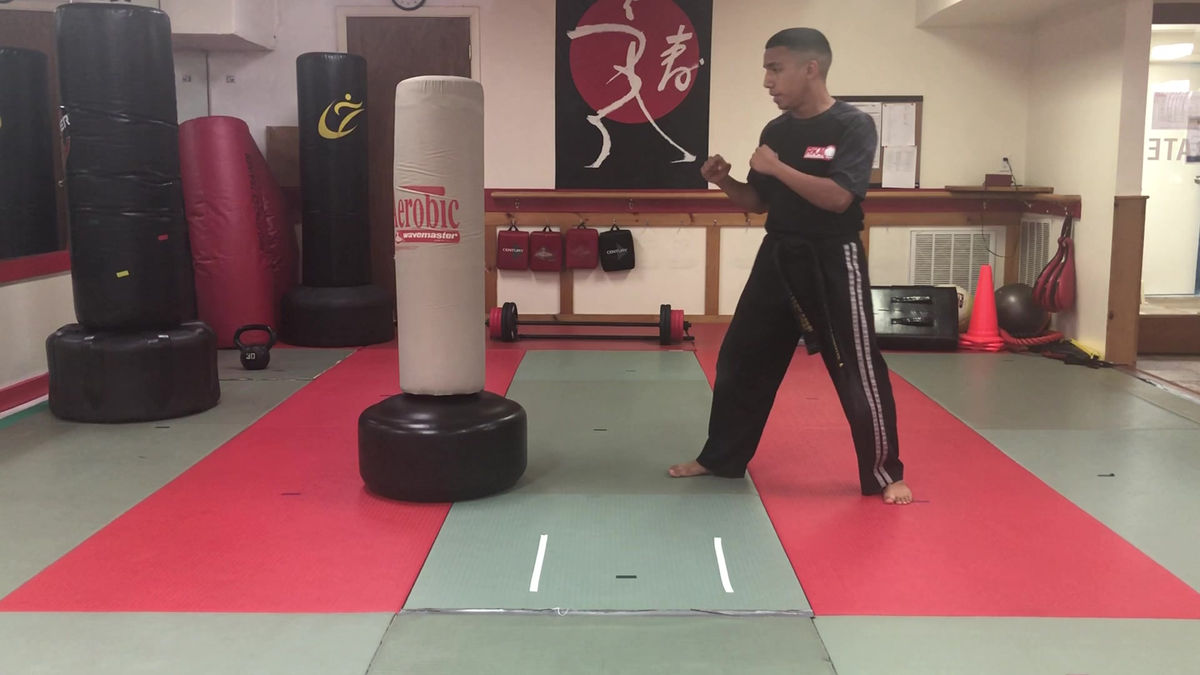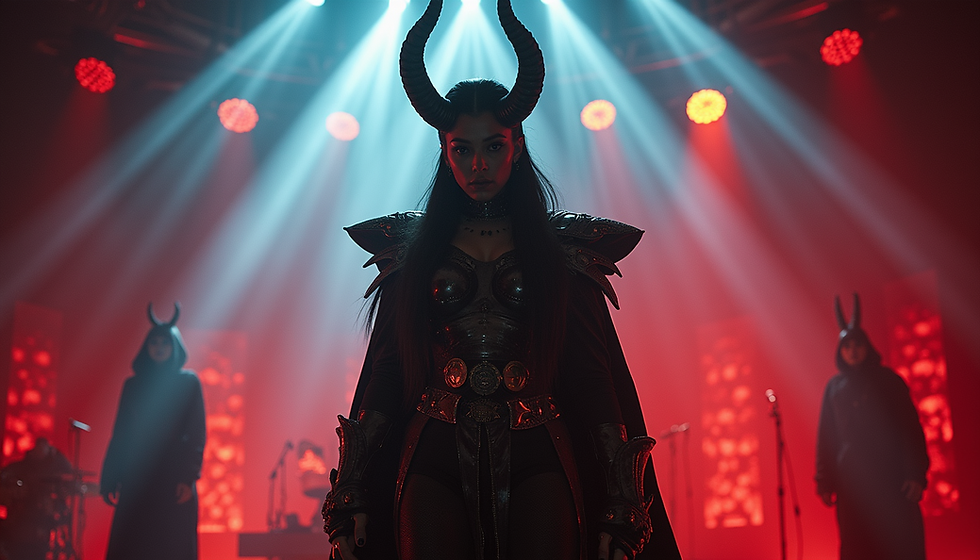Street Fighter 2
- Joseph Fanning
- Sep 14
- 5 min read
Street Fighter 2: The World Warrior is arguably one of the most influential and game-changing titles in the history of video games. Released by Capcom in 1991, it became the gold standard for 2D fighting games and revolutionized the genre, leaving a lasting impact on the gaming industry that still echoes today.
The Birth of Street Fighter 2
While the original Street Fighter (1987) was an experimental arcade game, it was Street Fighter II that introduced the refined mechanics that would go on to define the fighting game genre. It took the core concept of one-on-one combat but expanded it in ways that were revolutionary for its time:
A large cast of playable characters, each with a distinct fighting style.
A fluid control system that allowed players to easily execute special moves.
Multiple stages and vibrant backgrounds that helped to create a sense of immersion.
A balanced combat system that promoted skillful play rather than relying solely on button-mashing.
At its core, Street Fighter II was a game that was easy to pick up but challenging to master. The game’s innovative controls, deep combo system, and strategic depth made it a hit not just in arcades, but later on home consoles like the Super Nintendo Entertainment System (SNES) and Sega Genesis.
The Gameplay
The gameplay of Street Fighter II was simple yet deeply technical:
Basic Controls: Players used a joystick or directional pad to move their character and six buttons for light, medium, and heavy punches and kicks. This setup gave players a broad range of attacks and actions to choose from.
Special Moves: Each character had a set of special moves that could be executed by inputting specific button and directional combinations. These included iconic moves like Ryu’s Hadouken, Ken’s Shoryuken, and Chun-Li’s Spinning Bird Kick.
Combos: Perhaps the most iconic feature of Street Fighter II was its combo system, which allowed players to string together multiple attacks in quick succession for maximum damage. This system required precision and timing, which added a layer of depth to the gameplay.
Balance: Despite its varied cast of characters, Street Fighter II is often praised for its balance. While each fighter had strengths and weaknesses, no one character was overwhelmingly dominant, allowing skilled players to prevail over brute force or randomness.
The Characters | Street Fighter 2
One of the major reasons for Street Fighter II's success was its memorable and diverse roster of fighters. The eight original characters (plus Boss characters like M. Bison, Sagat, and Vega) were drawn from various cultures and fighting styles, giving the game a unique global flavor. These characters became some of the most iconic figures in video game history.
Here’s a look at the original roster of Street Fighter II:
Ryu – A disciplined martial artist from Japan who specializes in Shotokan Karate. He is the game's poster boy, known for his Hadouken (fireball), Shoryuken (dragon punch), and Tatsumaki Senpukyaku (hurricane kick).
Ken Masters – Ryu's long-time rival and friend, Ken is also a Shotokan Karate master, but with a more flamboyant fighting style. His moves are similar to Ryu's, but with subtle differences, such as the Air Tatsumaki and faster Shoryuken.
Chun-Li – The first female fighter of the series, Chun-Li is a Chinese martial artist who uses Kung Fu. She is known for her powerful legs and high-speed attacks, especially her iconic Spinning Bird Kick and Hyakuretsukyaku (rapid kicks).
Blanka – A wild, beast-like fighter from Brazil who has a unique fighting style involving Electricity attacks and rolling attacks. Blanka’s animalistic moves made him one of the most distinct characters in the game.
Guile – A U.S. Air Force officer, Guile’s style is inspired by American Kenpo. His unique moves include the Sonic Boom and Flash Kick, both of which became staples in his repertoire.
E. Honda – A sumo wrestler from Japan, Honda uses his size and power to his advantage. His most famous move is the Hundred Hand Slap, which delivers rapid punches in succession.
Zangief – A Russian wrestler who specializes in close-quarters combat and grappling. Zangief’s strength lies in his powerful throws and spinning attacks like the Spinning Piledriver.
Dhalsim – An Indian yoga master, Dhalsim has the ability to stretch his limbs and teleport. His fighting style relies heavily on distance control, with moves like the Yoga Fire and Yoga Flame.
The Boss Characters | Street Fighter 2
In addition to the playable fighters, Street Fighter II introduced the boss characters—three additional fighters who were much stronger than the regular cast:
M. Bison – The leader of the criminal organization Shadaloo and the final boss of the game. M. Bison uses powerful psycho-powered moves like the Psycho Crusher.
Sagat – A former champion and one of Ryu's rivals, Sagat uses a blend of Muay Thai and his iconic Tiger Shots (fireball-like moves).
Vega – A Spanish bullfighter who uses acrobatic moves and his deadly Claw to fight. His aerial attacks and quick strikes made him a tough opponent.
Game Versions and Expansions
Street Fighter II proved to be such a hit that it spawned several updated versions and expansions, each adding new characters, moves, and features:
Street Fighter II: Champion Edition (1992): Introduced the ability to play as the game's four bosses (M. Bison, Vega, Sagat, and Balrog) and made gameplay tweaks.
Street Fighter II: Hyper Fighting (1992): A faster version of the original, which increased the game's speed and improved the combo system.
Super Street Fighter II: The New Challengers (1993): Added four new characters to the roster: Cammy, Fei Long, T. Hawk, and Dee Jay.
Super Street Fighter II Turbo (1994): The definitive version, which introduced the ability to perform Super Combos—devastating moves that dealt massive damage.
Cultural Impact
Street Fighter II is often credited with being the first game to make fighting games a mainstream genre. It was a cultural phenomenon in the early 1990s, inspiring:
Arcade Tournaments: Players from all over the world gathered to compete in tournaments, setting the stage for the modern eSports scene.
Merchandise: The game sparked a massive wave of merchandise, including action figures, clothing, and even a street fighter-themed movie (though its reception was mixed).
Street Fighter's Role in Fighting Game Evolution: The special moves, combos, and tournament play introduced in Street Fighter II would influence countless other fighting games, including Mortal Kombat, Tekken, King of Fighters, and later entries in the Street Fighter series itself.
Legacy Street Fighter 2
Today, Street Fighter II remains one of the most beloved and influential video games of all time. Its legacy is felt in every modern fighting game, from its character design to its gameplay mechanics. The game’s iconic roster, memorable stages, and competitive play still resonate with gamers, and Street Fighter II is regularly included in “best of all time” lists.
Author:
Joe is an orange belt and aspiring green belt. He's from NJ










Comments